Which of the following immune system molecules creates holes in the cell membranes of their target cells in order to destroy the cell?
Perforins
Interferons
Cytokines
Lymphotoxins
Correct Answer : A
Perforins are immune system molecules that create holes in the cell membranes of their target cells in order to destroy the cell. Perforins are proteins that are released by cytotoxic T cells and natural killer cells
They form pores in the target cell membrane, allowing water and ions to enter the cell and causing it to swell and burst.
The other options are not correct because they do not accurately describe the immune system molecules that create holes in the cell membranes of their target cells. Interferons, cytokines, and lymphotoxins do not create holes in cell membranes.
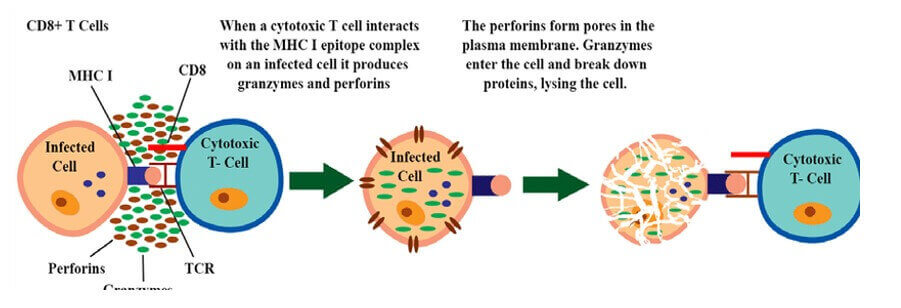
TEAS 7 Exam Quiz Bank
HESI A2 Exam Quiz Bank
Find More Questions 📚
Teas 7 Questions: We got the latest updated TEAS 7 questions
100% Money Refund: 100% money back guarantee if you take our full
assessment pass with 80% and fail the actual exam.
Live Tutoring: Fully customized live tutoring lessons.
Guaranteed A Grade: All students who use our services pass with 90%
guarantee.
Related Questions
Correct Answer is B
Explanation
The structure that is present in both prokaryotic and eukaryotic cells is the cell membrane ². The cell membrane is a thin layer that surrounds the cell and separates its internal environment from the external environment ². It is composed of a lipid bilayer and proteins and regulates the movement of substances into and out of the cell ².
The other options are not correct because they are not present in both prokaryotic and eukaryotic cells. The endoplasmic reticulum, chloroplast, and Golgi apparatus are organelles that are only found in eukaryotic cells ².
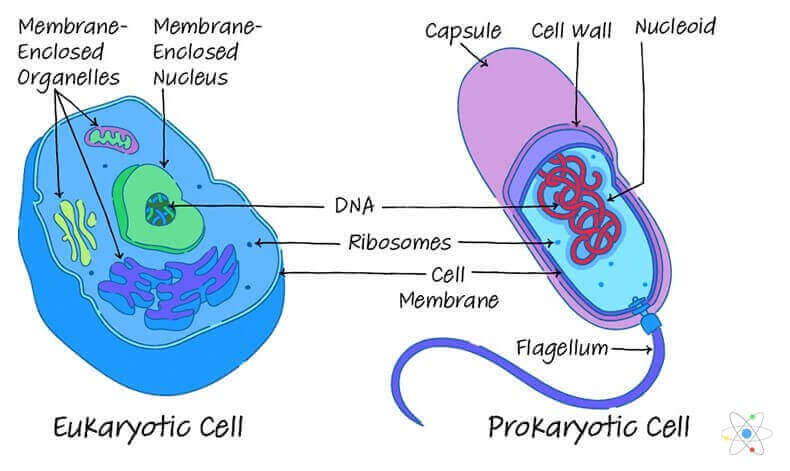
Correct Answer is D
Explanation
Enzymes are a type of protein that catalyze chemical reactions in the body. Proteins are one of the four main classes of biological molecules, along with lipids, carbohydrates, and nucleic acids.
The other options are not classes of biological molecules that include enzymes.Lipids are a class of molecules that includes fats and oils, vitamins are organic compounds that are essential for normal growth and nutrition, and carbohydrates are a class of molecules that includes sugars and starches.
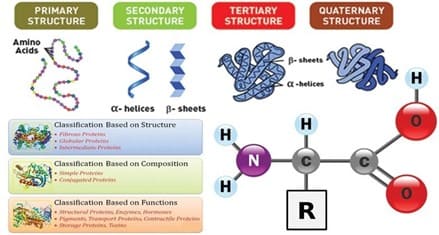
Correct Answer is A
Explanation
The correct answer is a. Soap’s dual polar and nonpolar nature helps bond oil and water. Soap is an emulsifier, which means that it has both polar and nonpolar regions. The polar regions of soap molecules are atracted to water, while the nonpolar regions are atracted to oil and grease. This allows soap to bond with both water and oil, helping to remove dirt and grime from surfaces.
B. Soap’s acidity does not cause grime to precipitate into the water.
C. Soap does not have enzymatic action that helps to dissolve grime into small particles.
D. Soap’s texture does not physically scour grime off surfaces.
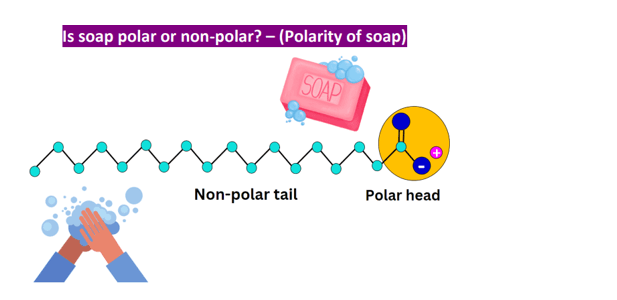
Correct Answer is D
Explanation
Both digestion and absorption happen in the small intestine ¹. Digestion is the process by which food is broken down into small molecules that the body can absorb and use for energy, growth, and repair ¹. The final products of digestion are absorbed from the digestive tract, primarily in the small intestine ¹.
The other options are not correct because they do not accurately describe where both digestion and absorption happen in the digestive system. The gallbladder stores bile produced by the liver, but does not play a direct role in digestion or absorption. The esophagus transports food from the mouth to the stomach, but does not play a direct role in digestion or absorption. The stomach plays a role in digestion by churning food and mixing it with gastric juices, but most absorption occurs in the small intestine.
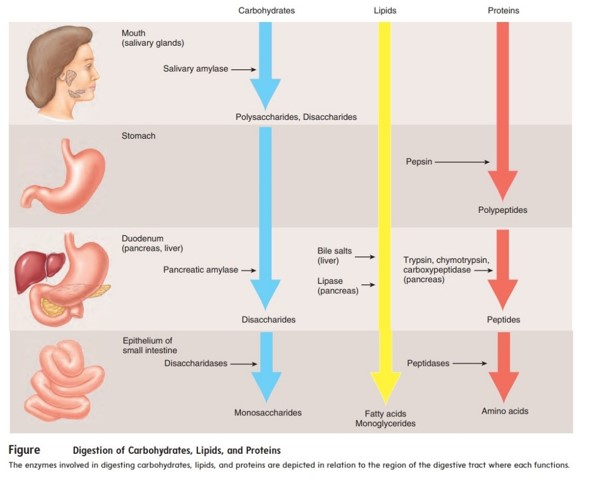
Correct Answer is C
Explanation
The correct answer is c.
The study does not indicate a causal relationship between the processes. A correlation between two processes means that there is a statistical relationship between them, but it does not necessarily imply causation. In other words, just because two processes are correlated does not mean that one causes the other.
b.The study does not indicate that Process A causes Process B.
b.The study can indicate whether Process A and B have a positive relationship if the correlation is positive.
d. The study can indicate whether Process A and B have a negative relationship if the correlation is negative.
Correct Answer is B
Explanation
The doctor refuses to prescribe antibiotics to the patient because the illness is caused by a virus. The common cold is a viral infection of the upper respiratory tract. Antibiotics are not effective against viral infections and are only used to treat bacterial infections.
The other options are not correct because they do not accurately describe the cause of the common cold and sore throat. Fungus, protist, and bacteria are not the pathogens responsible for causing the common cold.
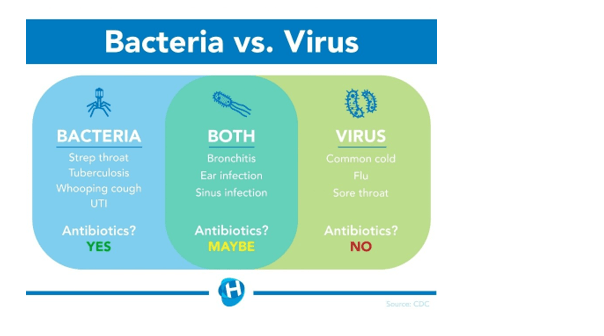
Correct Answer is A
Explanation
The correct answer is a. Storage of minerals. Bones serve as a storage site for minerals such as calcium and phosphorus. These minerals are essential for various bodily functions and can be released from the bones into the bloodstream when needed.
b. Detoxification of alcohol is not a function of bone. This process occurs primarily in the liver.
c. Secretion of hormones is not a function of bone. Hormones are produced and secreted by glands such as the pituitary gland, thyroid gland, and adrenal glands.
d. Production of otoliths is not a function of bone. Otoliths are small calcium carbonate structures found in the inner ear of fish and other vertebrates that help with balance and hearing.
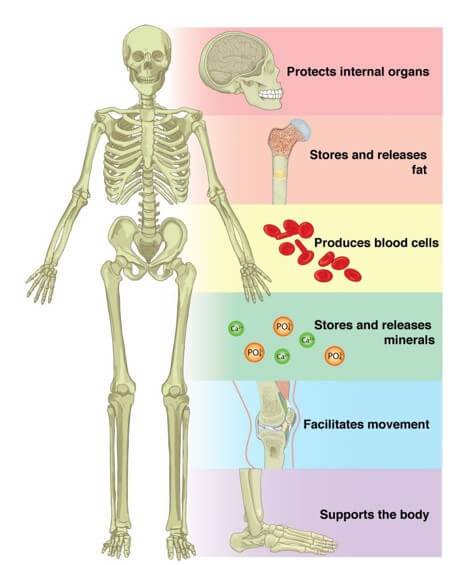
Correct Answer is B
Explanation
A change that takes place as a solid turns to a liquid is that particles become less ordered ¹. When a solid is heated, its particles gain energy and begin to vibrate more rapidly ². As the temperature increases, the particles gain enough energy to overcome the forces holding them in place and begin to move more freely
². This results in a loss of order as the solid melts and becomes a liquid.
The other options are not correct because they do not accurately describe a change that takes place as a solid turns to a liquid. Particles do not have a decrease in mobility, move closer together, or experience stronger intermolecular forces between them as a solid turns to a liquid.
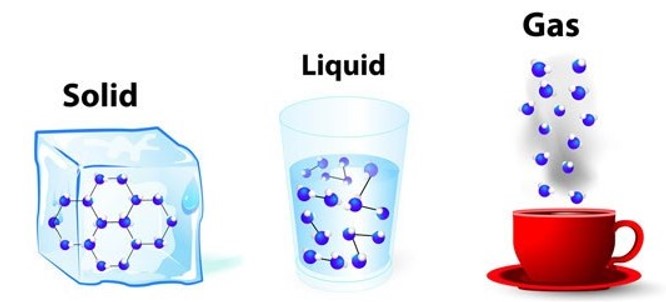
Correct Answer is A
Explanation
The sequence of bases on the complementary strand of DNA would read5’AGCTAGCGT 3’ (Choice A). In DNA, the nitrogenous bases adenine (A) and thymine (T) pair together, and cytosine (C) and guanine (G) pair together. The complementary strand is also antiparallel to the original strand, meaning that it runs in the opposite direction with the 5' end matching up with the 3' end of the original strand.
The other options do not accurately represent the complementary sequence of bases or the antiparallel orientation of the strands.
BONUS:
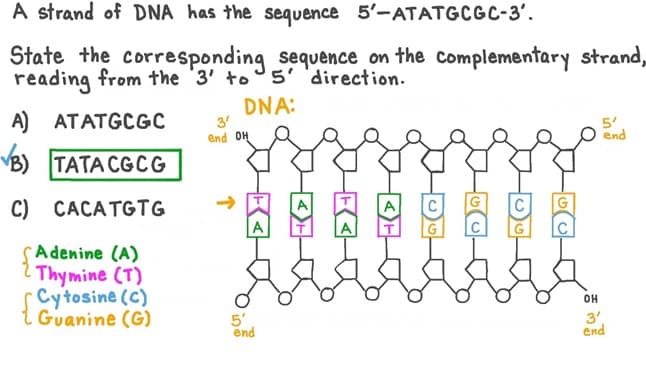
Correct Answer is C
Explanation
The parotid gland is an exocrine gland that secretes saliva into the mouth. Exocrine glands secrete their products into ducts that carry the secretions to the body's surface or into body cavities. The other options are endocrine glands, which secrete hormones directly into the bloodstream. The pineal gland secretes melatonin, the parathyroid glands secrete parathyroid hormone, and the pituitary gland secretes several hormones that regulate various bodily functions.
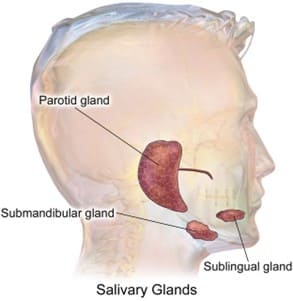
This question was extracted from the actual TEAS Exam. Ace your TEAS exam with the actual TEAS 7 questions, Start your journey with us today
Visit Naxlex, the Most Trusted TEAS TEST Platform With Guaranteed Pass of 90%.
Money back guarantee if you use our service and fail the actual exam. Option of personalised live tutor on your area of weakness.
